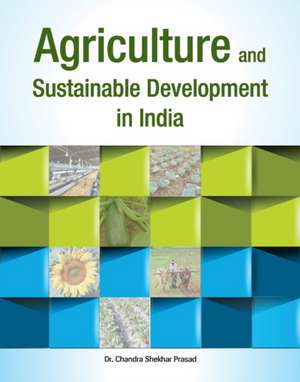Agriculture & Sustainable Development in India
Autor Chandra Shekhar Prasaden Limba Engleză Hardback – 4 noi 2012
Preț: 884.23 lei
Preț vechi: 991.04 lei
-11% Nou
Puncte Express: 1326
Preț estimativ în valută:
169.19€ • 177.13$ • 139.100£
169.19€ • 177.13$ • 139.100£
Carte indisponibilă temporar
Doresc să fiu notificat când acest titlu va fi disponibil:
Se trimite...
Preluare comenzi: 021 569.72.76
Specificații
ISBN-13: 9788177083088
ISBN-10: 8177083082
Pagini: 746
Dimensiuni: 190 x 245 x 62 mm
Greutate: 1.81 kg
Editura: Gazelle Book Services Ltd
ISBN-10: 8177083082
Pagini: 746
Dimensiuni: 190 x 245 x 62 mm
Greutate: 1.81 kg
Editura: Gazelle Book Services Ltd
